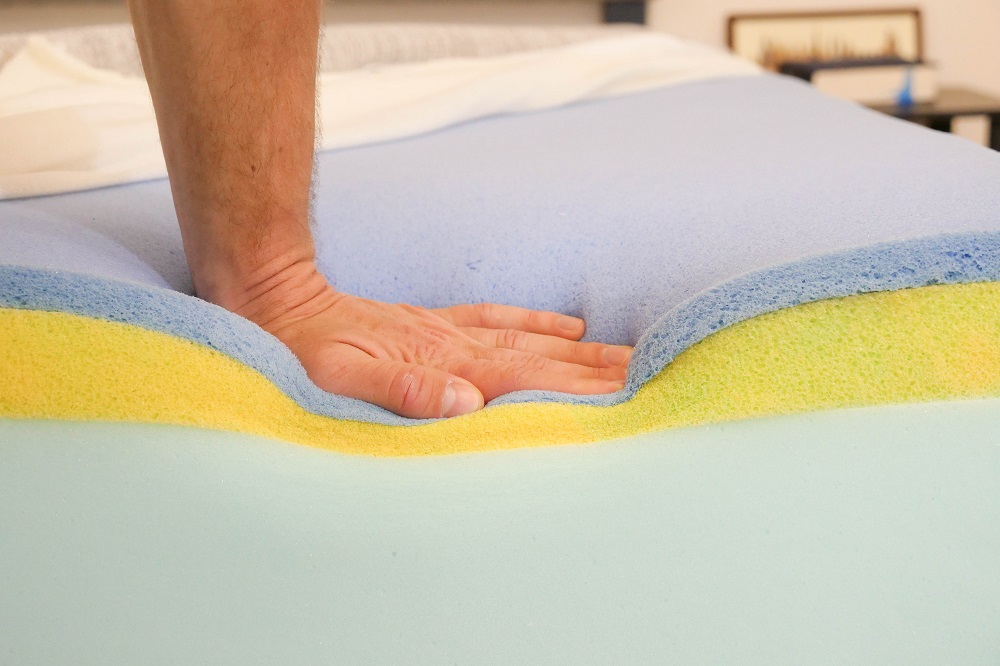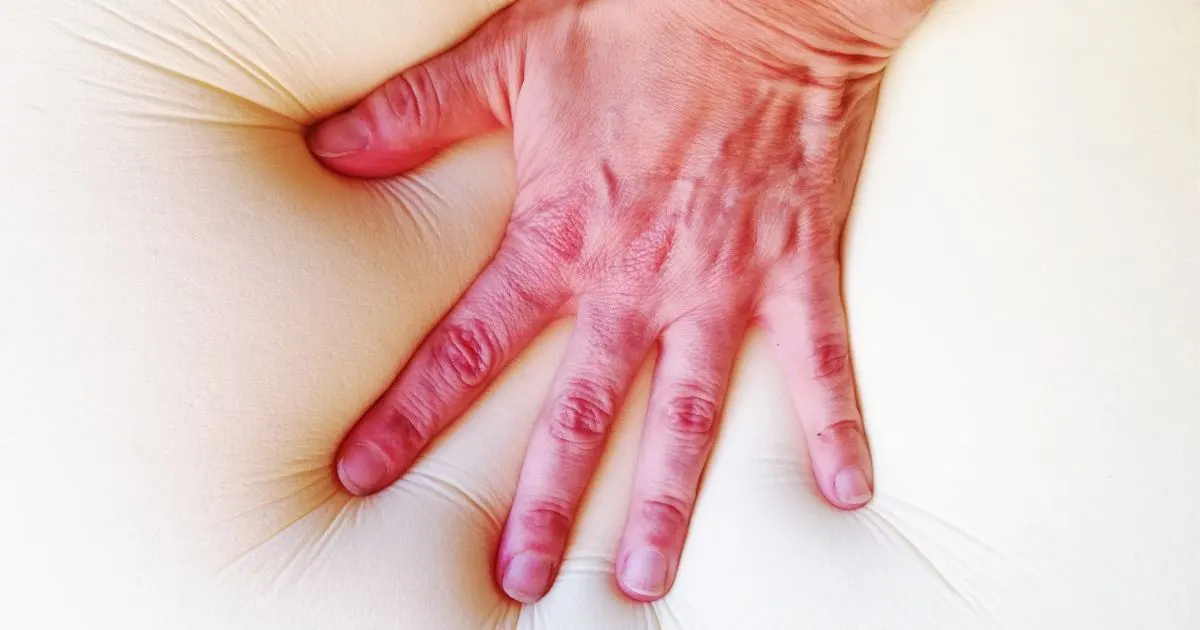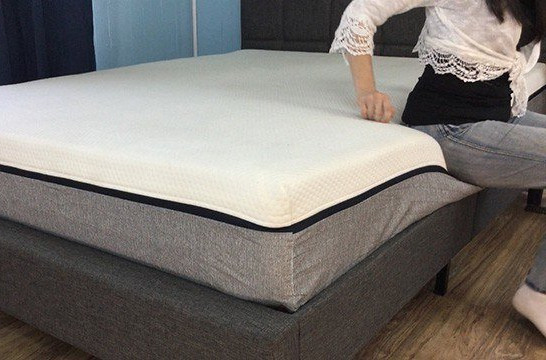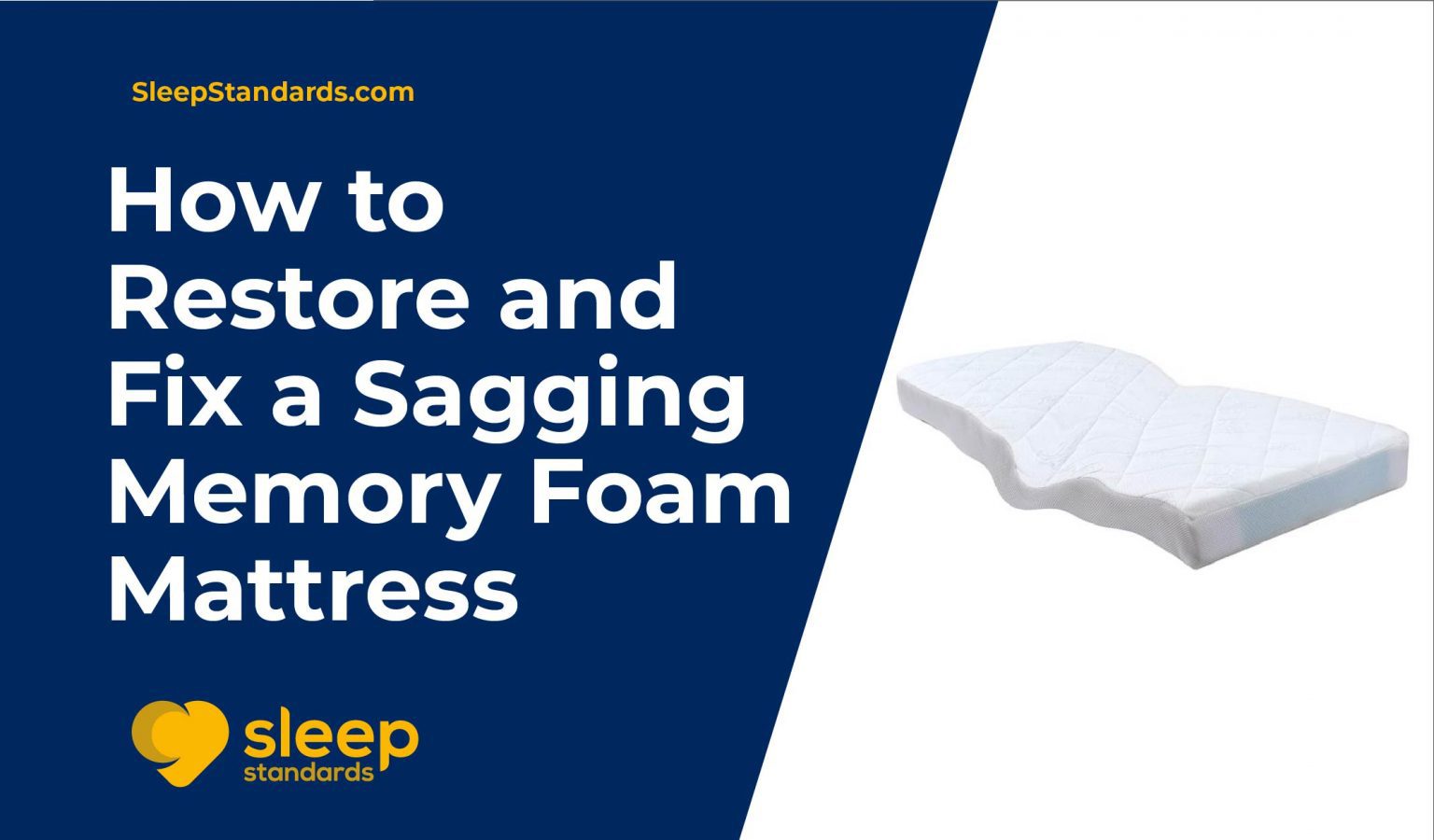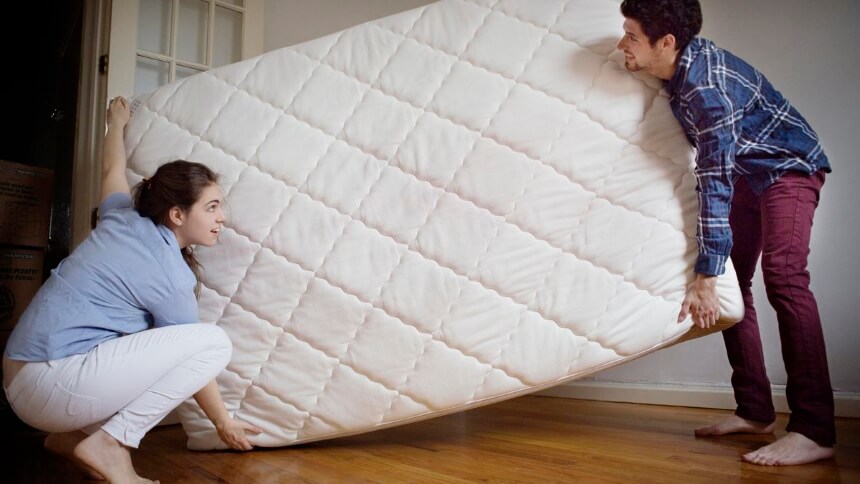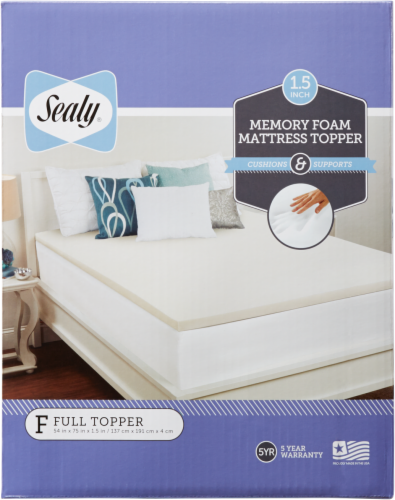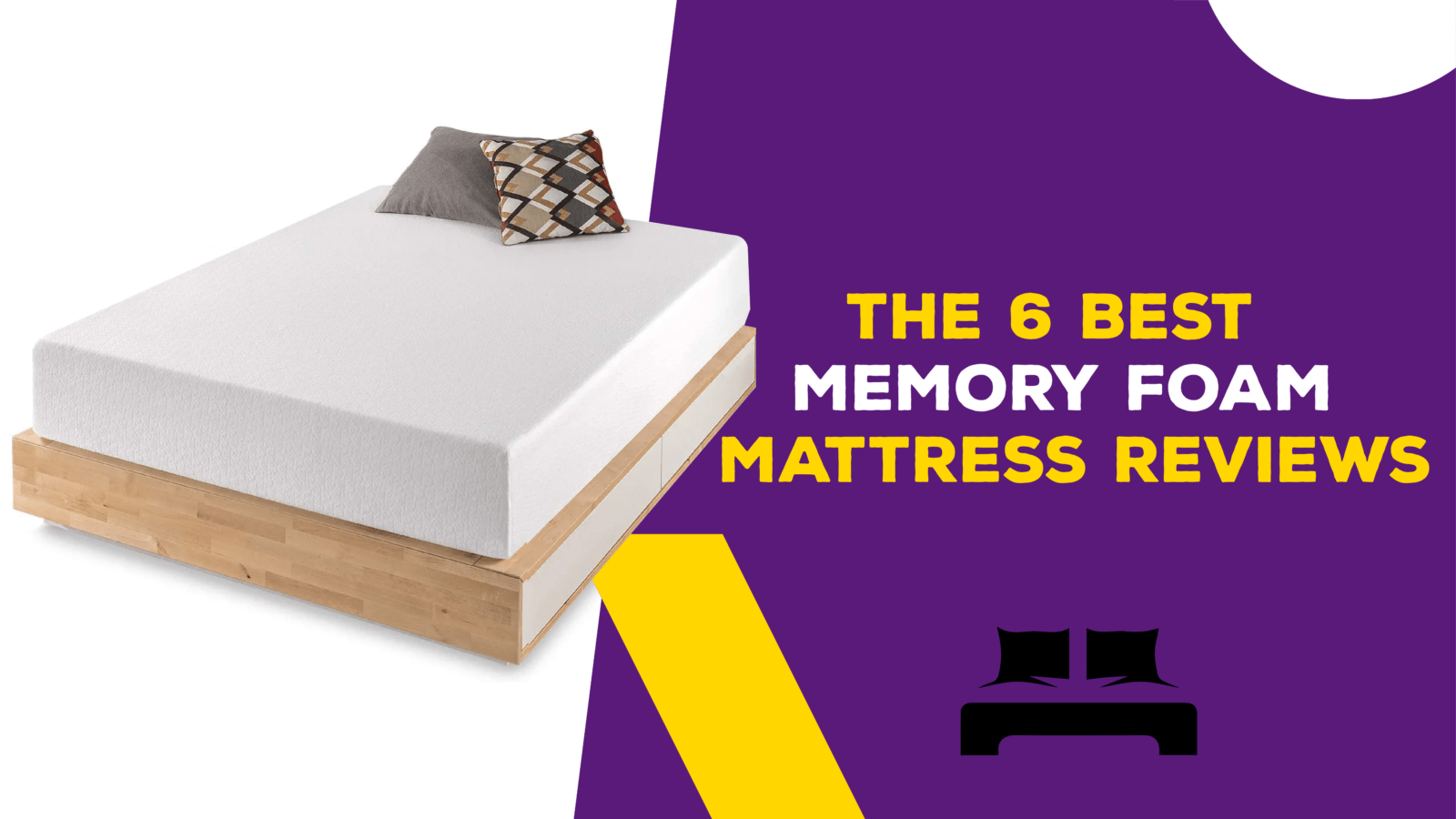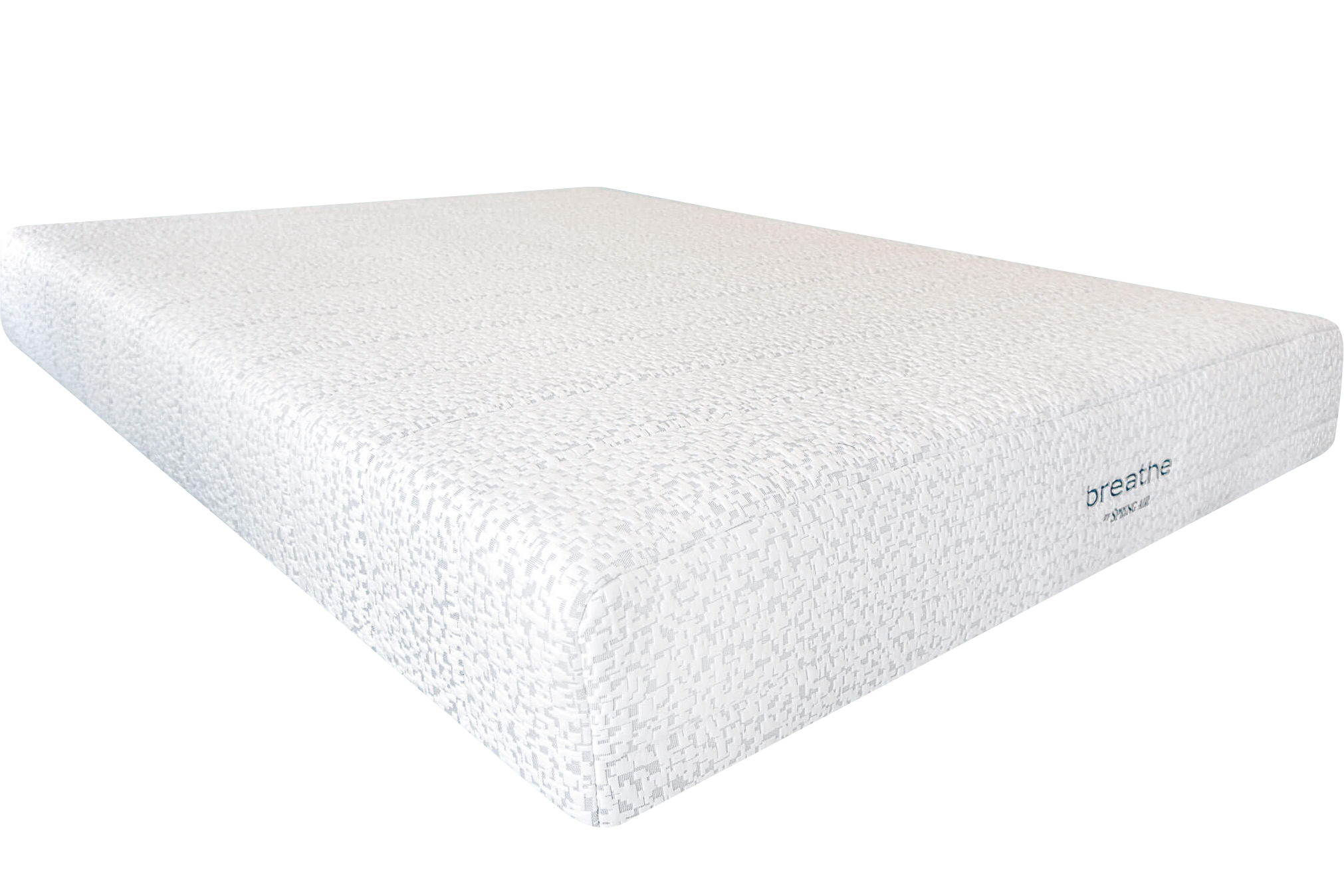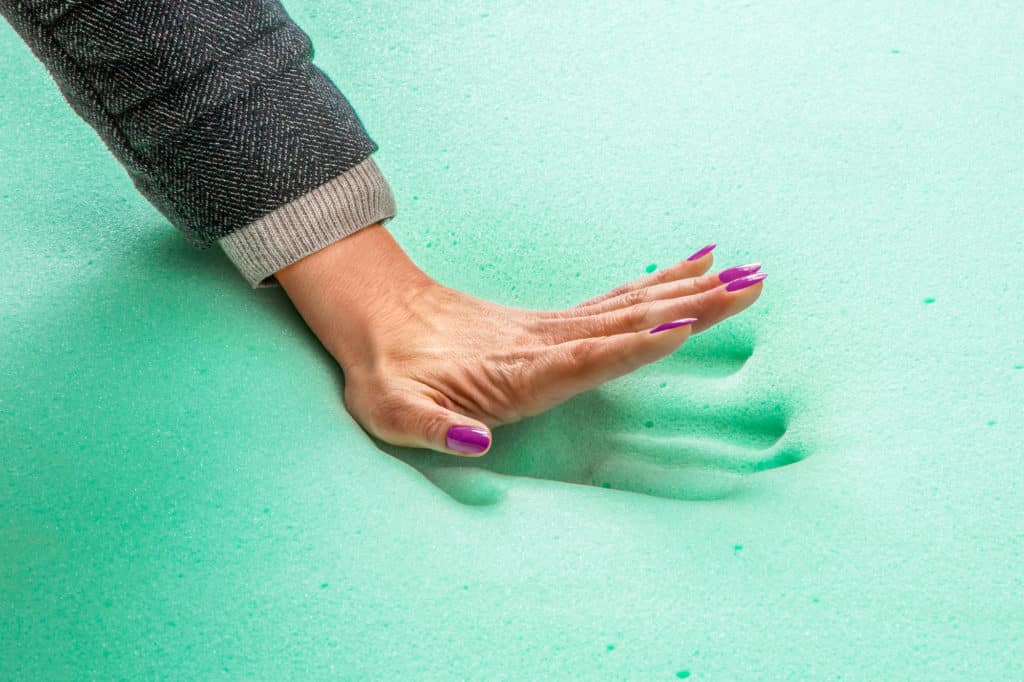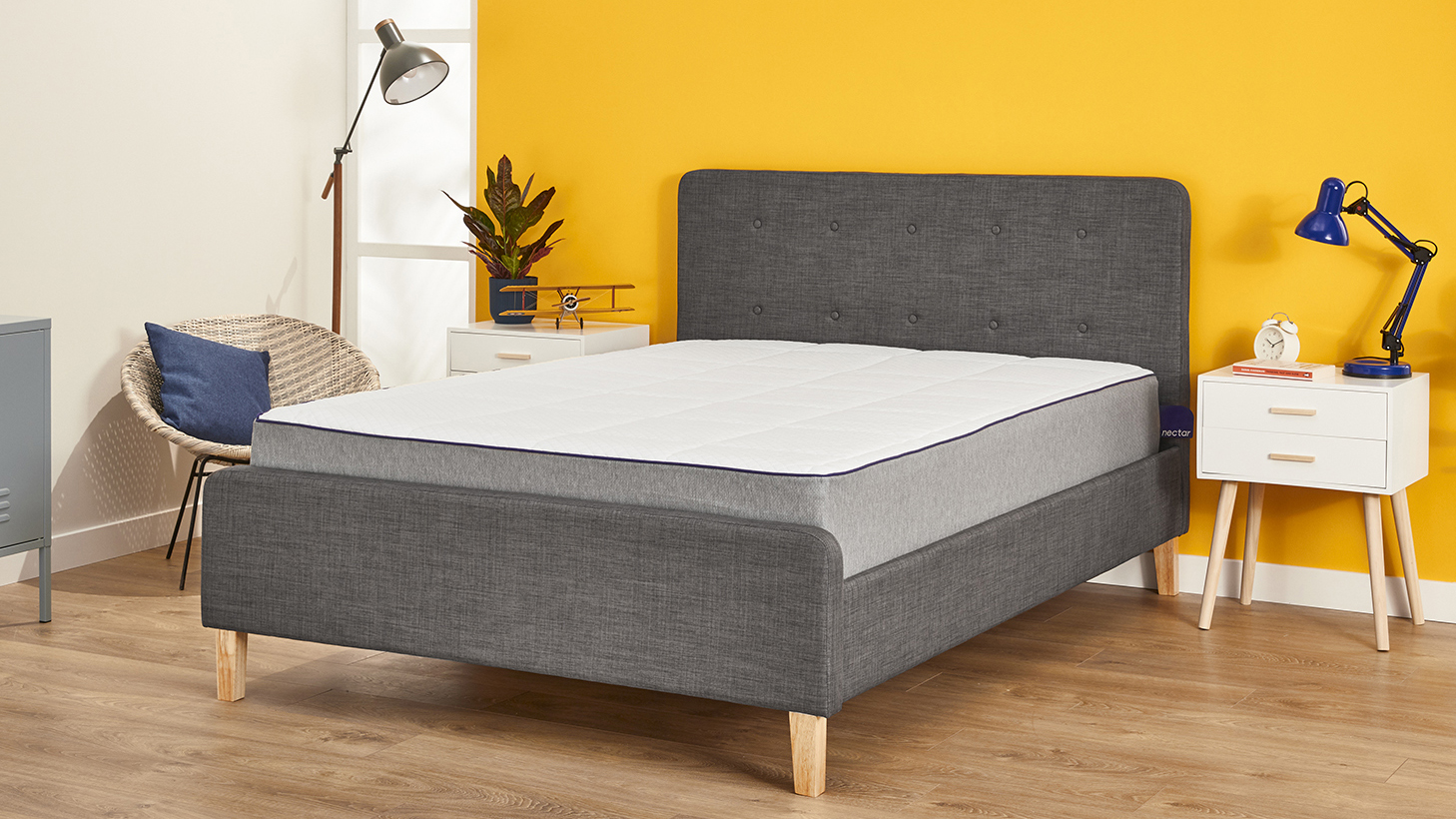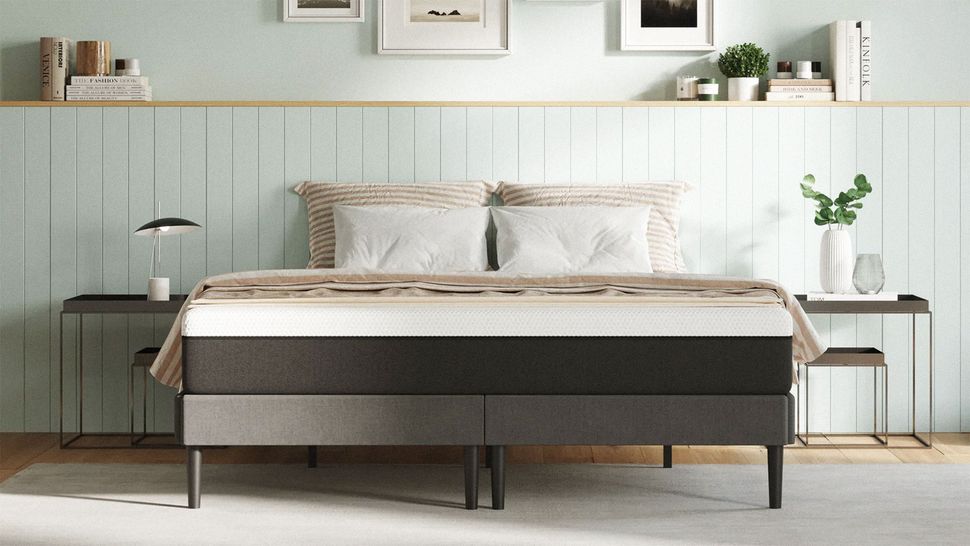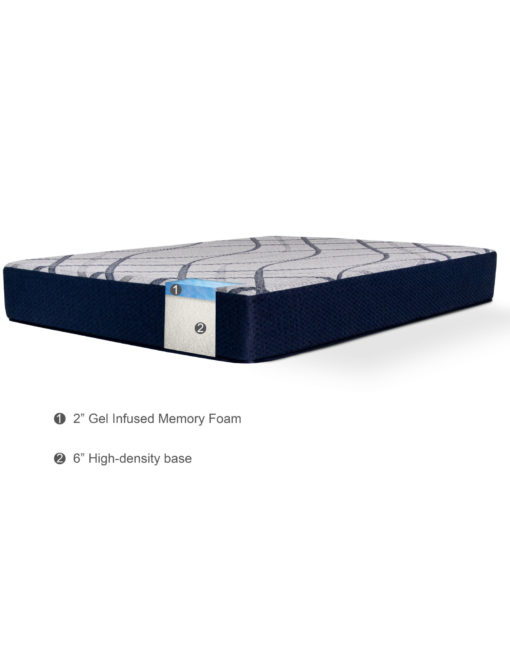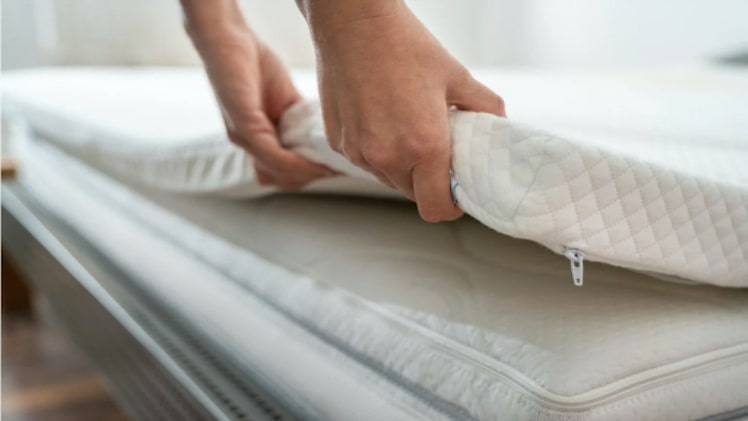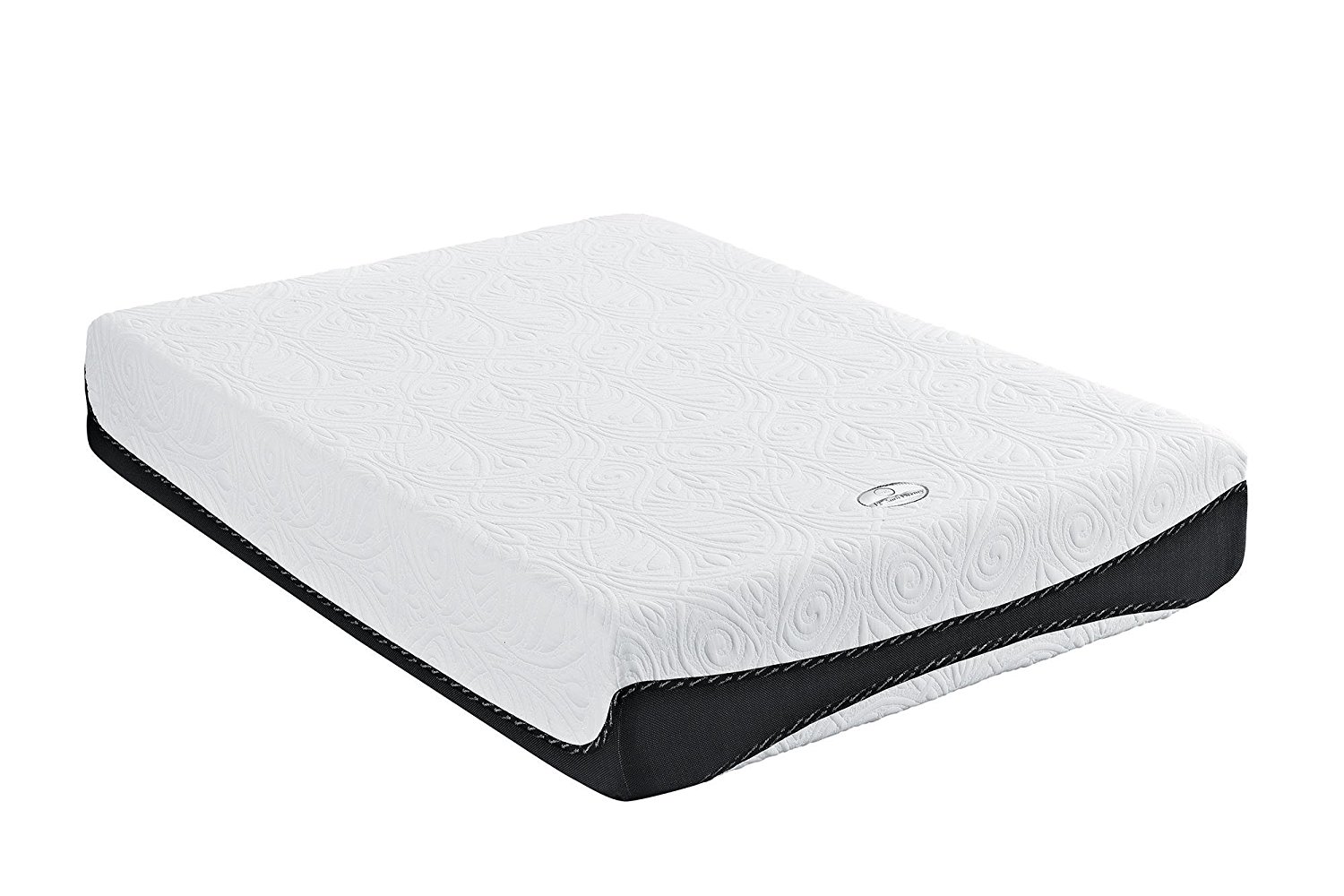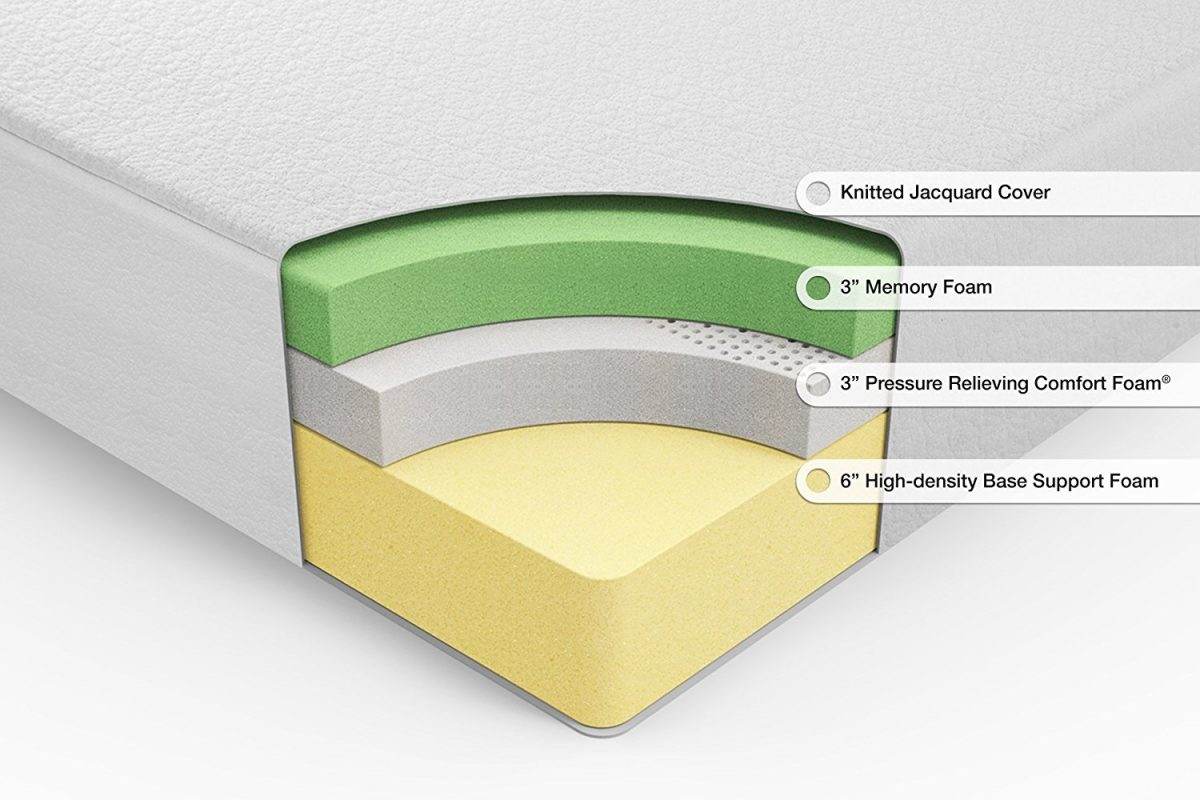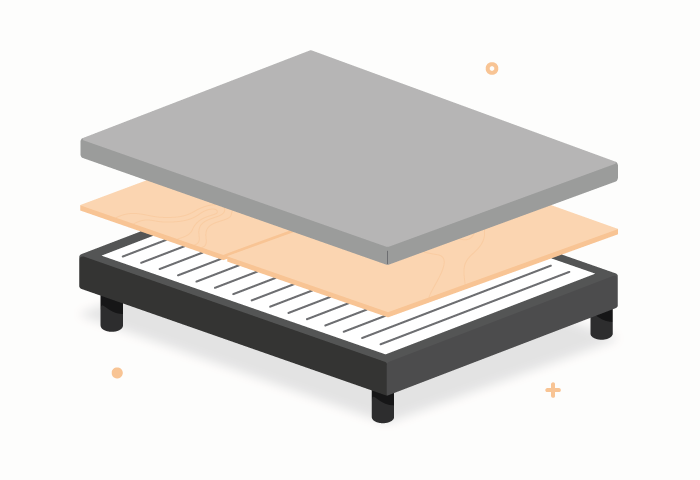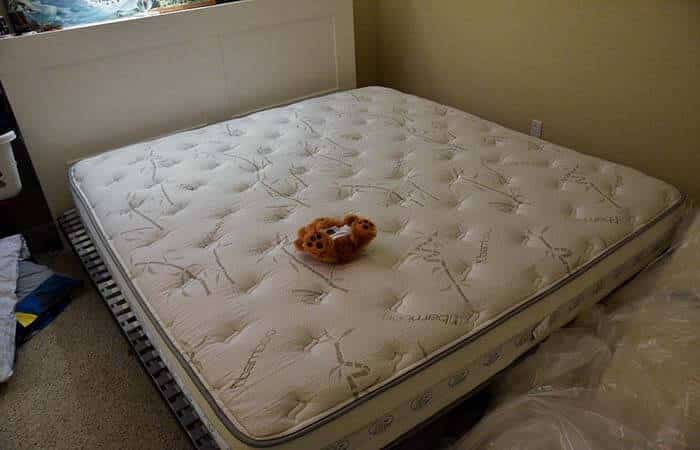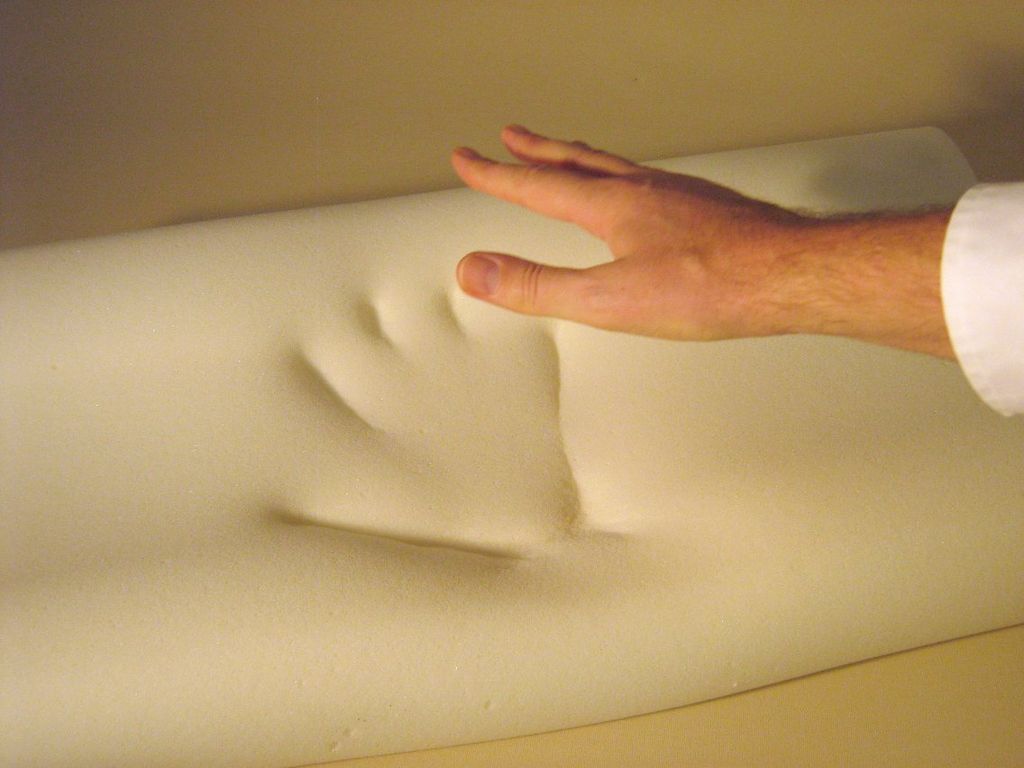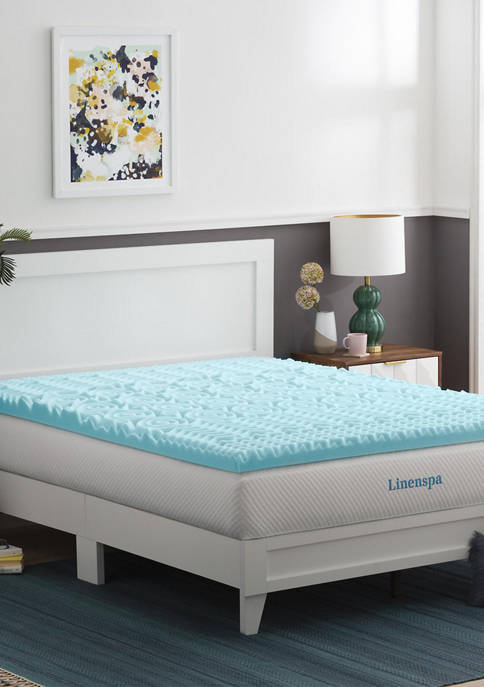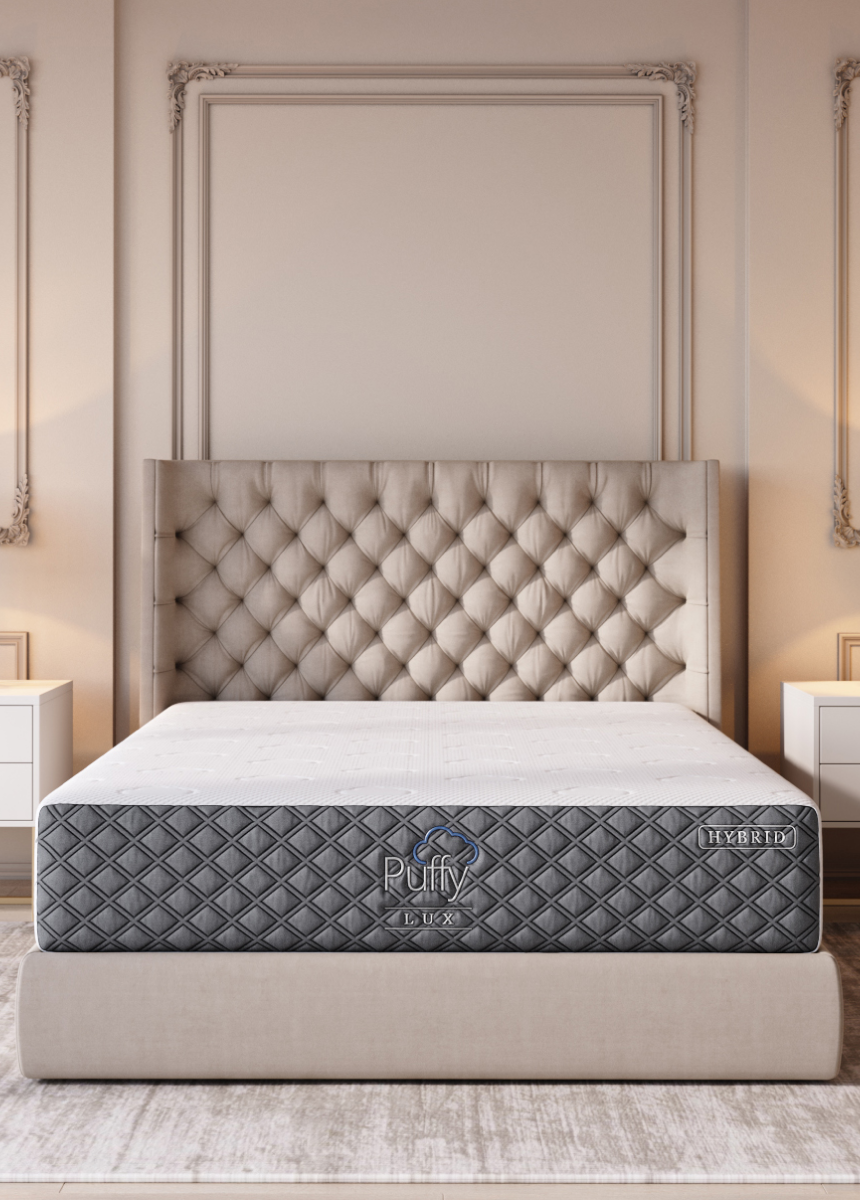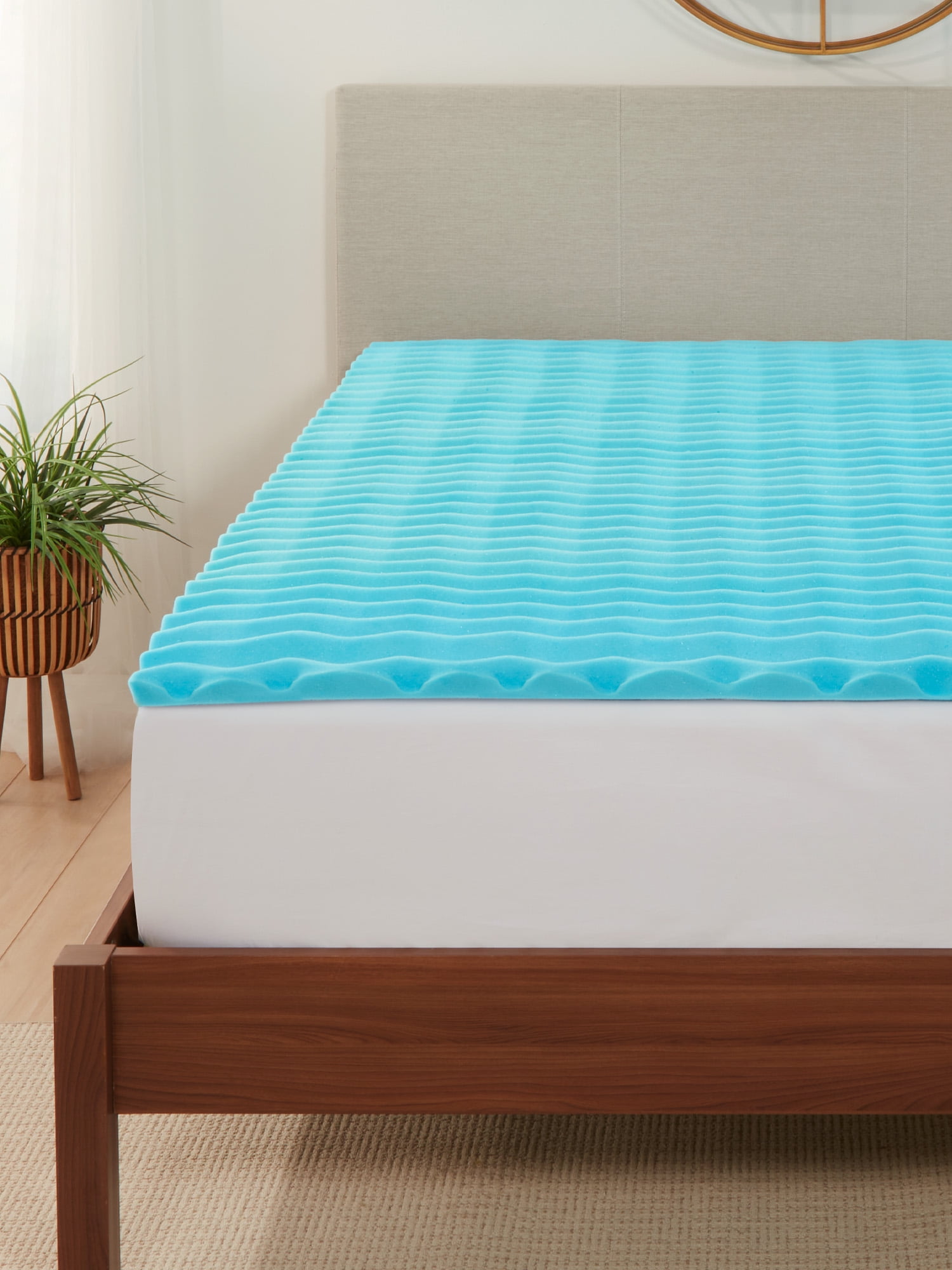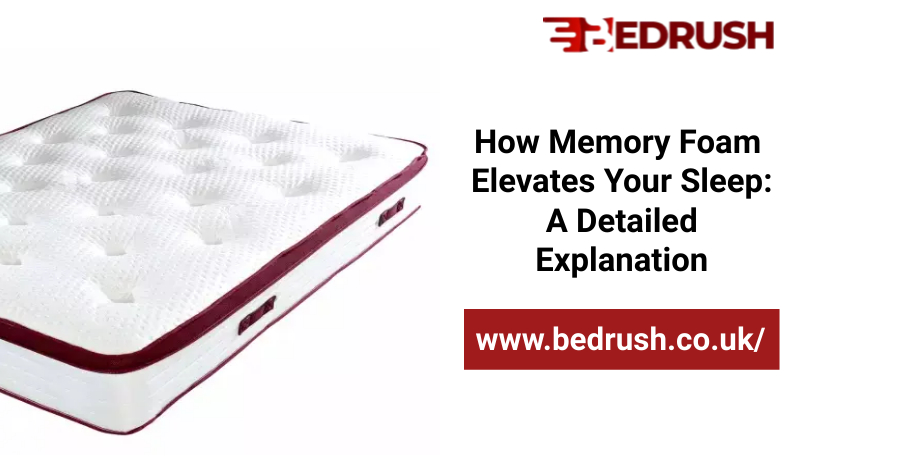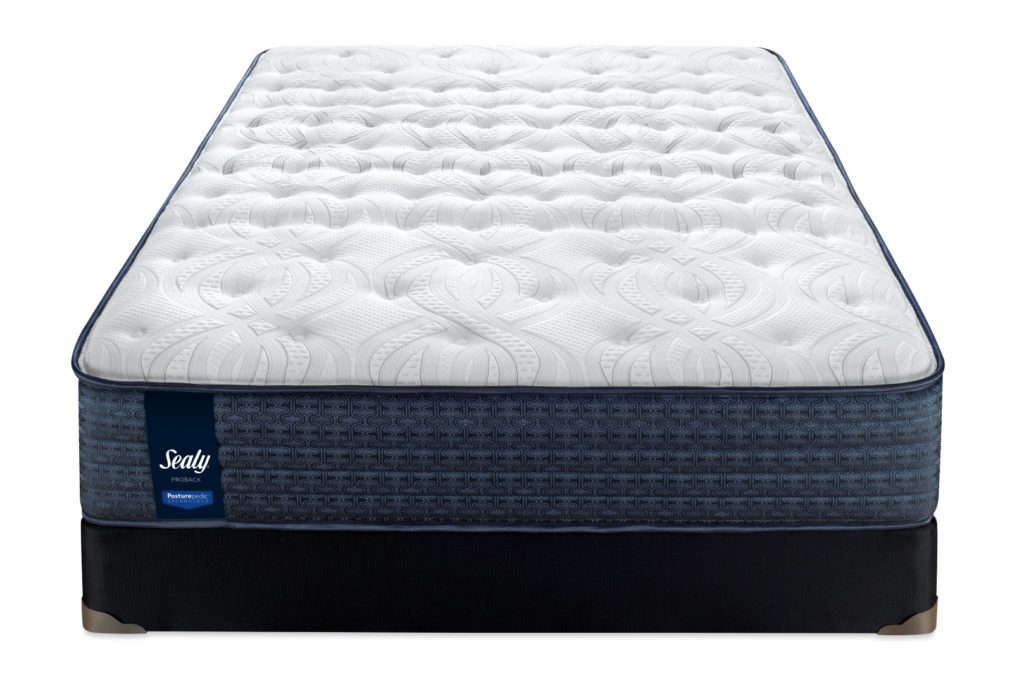The Problem with Memory Foam Mattresses Sinking Too Much
If you're in the market for a new mattress, chances are you've heard about the benefits of memory foam. It's known for its ability to contour to your body, providing pressure relief and a comfortable night's sleep. However, some users have reported issues with their memory foam mattresses sinking too much. This can lead to discomfort, disrupted sleep, and even back pain. In this article, we'll discuss the top 10 reasons why your memory foam mattress may be sinking too much and how to fix it.
1. The Memory Foam Mattress Sinking Phenomenon
Memory foam mattresses are designed to provide support and comfort by responding to your body's heat and pressure. Over time, however, this material can start to break down and lose its ability to bounce back. This is known as the "memory foam mattress sinking phenomenon."
2. Is Your Memory Foam Mattress Sinking Too Much?
The first step in addressing this issue is to determine if your memory foam mattress is actually sinking too much. One way to check is to see if there is a visible indentation in the surface of the mattress. You can also measure the height of the mattress to see if it has decreased over time.
3. Common Reasons for Memory Foam Mattress Sinking
There are several reasons why your memory foam mattress may be sinking too much. One of the most common causes is poor quality foam. Cheaper memory foam mattresses often use lower density foam, which can break down more quickly and lead to sinking.
4. The Middle is the Most Common Area for Sinking
Another common area for sinking is in the middle of the mattress. This is because your body's weight is usually concentrated in the middle, causing more pressure and heat to be applied to this area. Over time, this can cause the foam to break down and sink.
5. Fixing a Sinking Memory Foam Mattress
If your memory foam mattress is sinking too much, there are a few steps you can take to fix it. The first is to rotate the mattress regularly. This can help distribute your body weight more evenly and prevent excessive sinking in one area.
6. Adding a Mattress Topper for Extra Support
If rotating the mattress doesn't help, you can also try adding a mattress topper for extra support. Look for a topper made from high-density foam or latex, which can provide additional support and help prevent sinking.
7. Consider a New Foundation or Box Spring
The foundation or box spring that your memory foam mattress sits on can also play a role in sinking. If your foundation is old or damaged, it may not be providing enough support for the mattress. Consider replacing it with a new one to see if that helps with the sinking issue.
8. Check Your Mattress Warranty
If you've only had your memory foam mattress for a short time and it's already sinking too much, it may be covered under the manufacturer's warranty. Check the warranty to see if sinking is included as a defect and if you can get a replacement or refund.
9. Prevention is Key
The best way to avoid memory foam mattress sinking is to prevent it from happening in the first place. Make sure to invest in a high-quality memory foam mattress from a reputable brand and rotate it regularly. This can help extend the lifespan of your mattress and prevent sinking.
The Downside of Memory Foam Mattresses

Why You May Want to Rethink Your Choice of Mattress
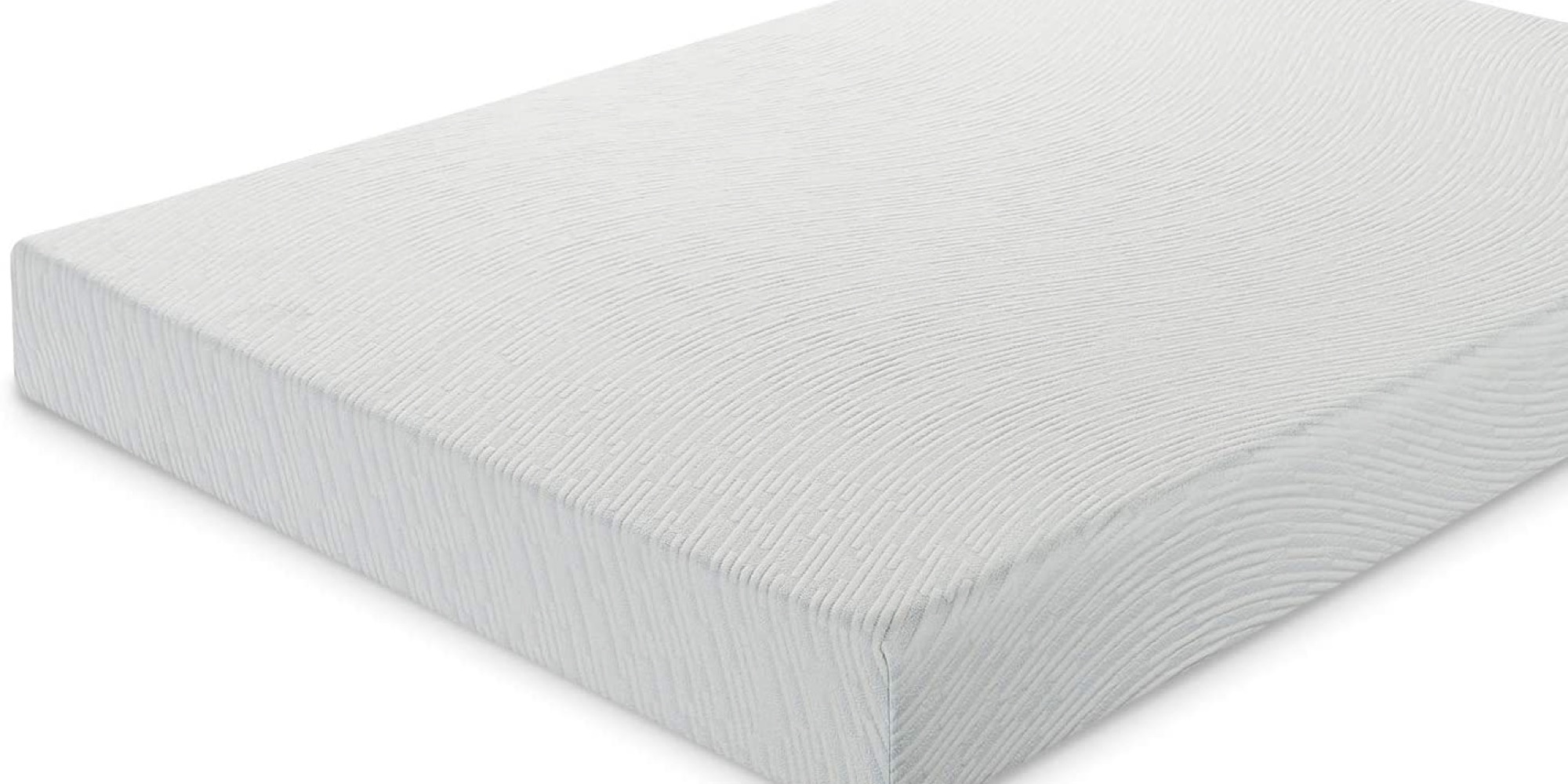 While memory foam mattresses have gained popularity in recent years for their pressure-relieving capabilities and ability to conform to the body, there is a growing concern that they may sink too much over time. This issue has sparked debate among consumers and sleep experts alike, with some claiming that the sinking sensation can cause discomfort and disrupt sleep. So, why exactly do memory foam mattresses sink, and is it a cause for concern?
The Science Behind Memory Foam
To understand why memory foam mattresses sink, it's important to first understand how they are made. Memory foam is a type of polyurethane foam that is sensitive to heat and pressure. When you lie on a memory foam mattress, the foam softens and molds to the shape of your body, providing support and cushioning. This is what makes memory foam so popular – it can relieve pressure points and reduce discomfort for those with chronic pain or injuries.
The Effects of Body Weight and Temperature
However, the sinking sensation that comes with memory foam mattresses can also be attributed to body weight and temperature. As memory foam responds to heat and pressure, it can become softer and sink more noticeably under heavier body parts, such as the hips and shoulders. This can create an uneven sleeping surface and cause discomfort for some individuals.
Furthermore, memory foam mattresses can be sensitive to room temperature. In colder rooms, the foam may take longer to soften and conform to your body, resulting in a firmer feel. On the other hand, in warmer rooms, the foam may soften too much, causing excessive sinking and discomfort.
The Durability Factor
Another reason why memory foam mattresses may sink over time is due to their durability. While they can provide excellent support and comfort initially, memory foam mattresses tend to have a shorter lifespan compared to other types of mattresses. As the foam compresses and breaks down with use, it can lead to excessive sinking and loss of support.
The Bottom Line
While the sinking sensation of a memory foam mattress may not be a major concern for some individuals, it can be a deal-breaker for others. It's important to consider factors such as body weight, room temperature, and durability when choosing a mattress. If you find that your memory foam mattress is sinking too much for your comfort, it may be time to consider a different type of mattress.
In conclusion, while memory foam mattresses offer many benefits, the sinking issue is something to be mindful of. By understanding the science behind memory foam and considering factors such as body weight and temperature, you can make an informed decision when it comes to your mattress choice. After all, a good night's sleep is essential for overall health and well-being.
While memory foam mattresses have gained popularity in recent years for their pressure-relieving capabilities and ability to conform to the body, there is a growing concern that they may sink too much over time. This issue has sparked debate among consumers and sleep experts alike, with some claiming that the sinking sensation can cause discomfort and disrupt sleep. So, why exactly do memory foam mattresses sink, and is it a cause for concern?
The Science Behind Memory Foam
To understand why memory foam mattresses sink, it's important to first understand how they are made. Memory foam is a type of polyurethane foam that is sensitive to heat and pressure. When you lie on a memory foam mattress, the foam softens and molds to the shape of your body, providing support and cushioning. This is what makes memory foam so popular – it can relieve pressure points and reduce discomfort for those with chronic pain or injuries.
The Effects of Body Weight and Temperature
However, the sinking sensation that comes with memory foam mattresses can also be attributed to body weight and temperature. As memory foam responds to heat and pressure, it can become softer and sink more noticeably under heavier body parts, such as the hips and shoulders. This can create an uneven sleeping surface and cause discomfort for some individuals.
Furthermore, memory foam mattresses can be sensitive to room temperature. In colder rooms, the foam may take longer to soften and conform to your body, resulting in a firmer feel. On the other hand, in warmer rooms, the foam may soften too much, causing excessive sinking and discomfort.
The Durability Factor
Another reason why memory foam mattresses may sink over time is due to their durability. While they can provide excellent support and comfort initially, memory foam mattresses tend to have a shorter lifespan compared to other types of mattresses. As the foam compresses and breaks down with use, it can lead to excessive sinking and loss of support.
The Bottom Line
While the sinking sensation of a memory foam mattress may not be a major concern for some individuals, it can be a deal-breaker for others. It's important to consider factors such as body weight, room temperature, and durability when choosing a mattress. If you find that your memory foam mattress is sinking too much for your comfort, it may be time to consider a different type of mattress.
In conclusion, while memory foam mattresses offer many benefits, the sinking issue is something to be mindful of. By understanding the science behind memory foam and considering factors such as body weight and temperature, you can make an informed decision when it comes to your mattress choice. After all, a good night's sleep is essential for overall health and well-being.




